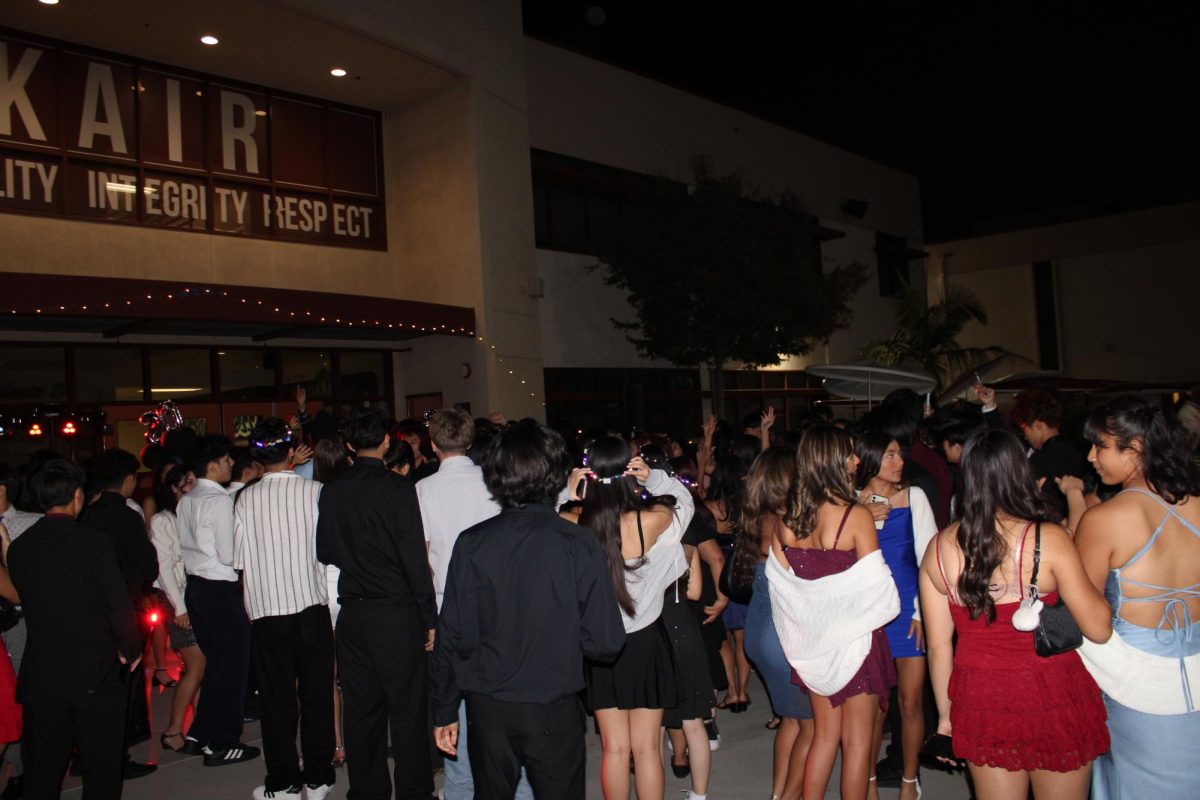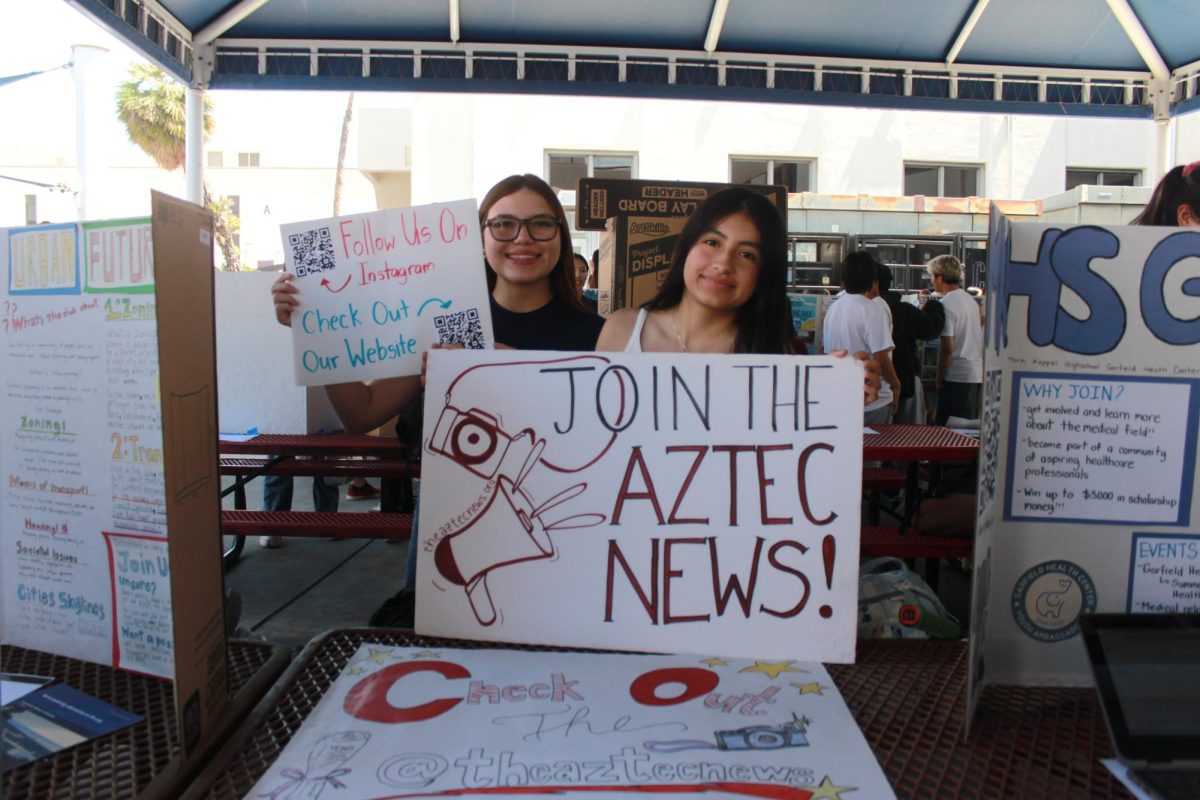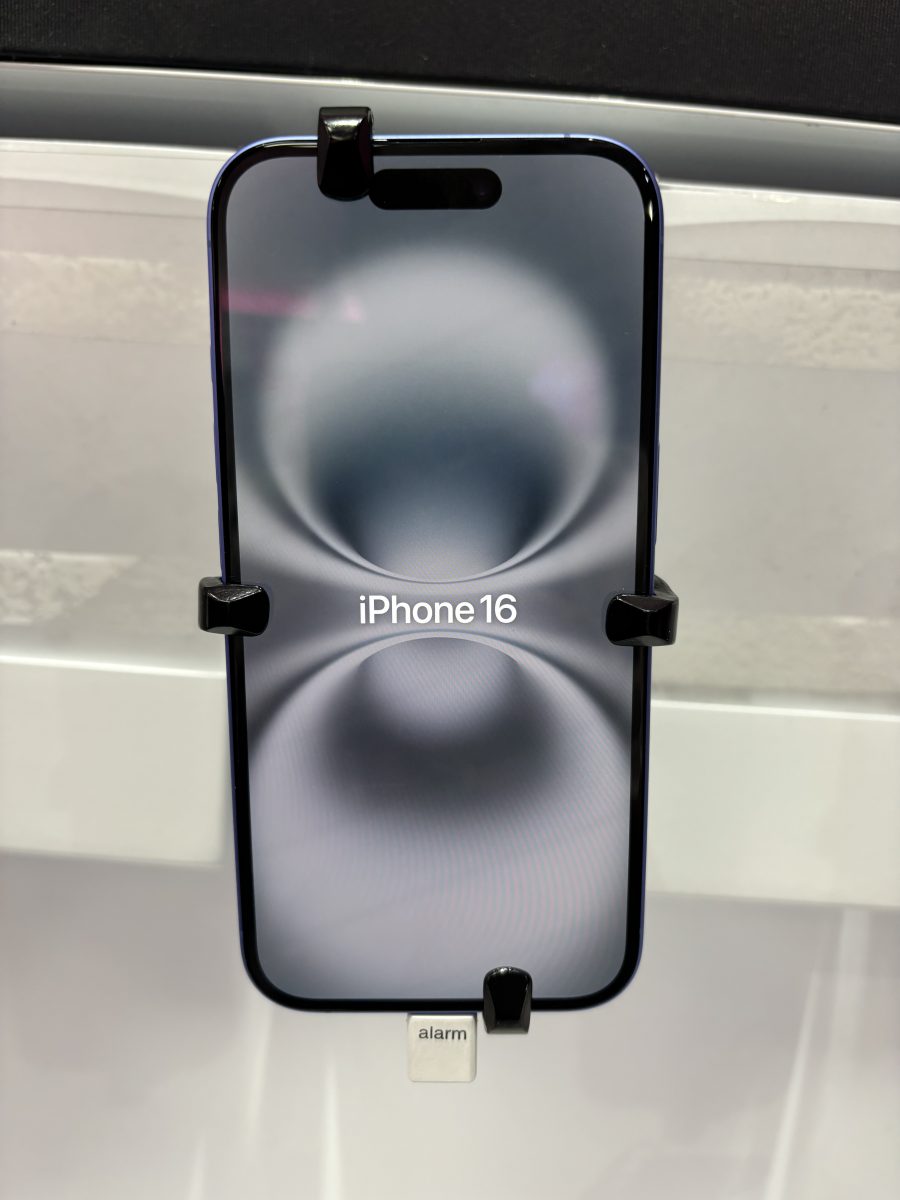On Monday, March 18, SpaceX launched Starlink satellites into low-Earth orbit. At 7:28 p.m. PST, the two-stage rocket, Falcon 9, launched from Space Launch Complex 4 East at Vandenberg Space Force Base in California.
Falcon 9 is a reusable two-stage rocket with the purpose of transporting people and payloads into the Earth’s orbit. It is the world’s first orbital class reusable rocket. Due to the reusability of the rocket, SpaceX can recycle the most expensive parts of the rocket and spend less money. The Falcon 9 is equipped with nine Merlin engines and landing legs on the first stage. The second stage is connected by an interstage that houses pneumatic pushers that will disconnect the two stages. There are also grid fins that orient the rocket on reentry. The second stage consists of one Merlin Vacuum engine which ignites after stage separation. It can then be restarted multiple times to place payloads in different orbits. So far, there have been a total of 316 launches and 274 total landings of the Falcon 9.
Depending on the content, payloads can be placed into two interchangeable parts that are attached to the top of the second stage: Dragon or the fairing. Smaller payloads and astronauts are placed in “Dragon,” which is a spacecraft with a pressurized and unpressurized section. Up to seven people and/or environmentally sensitive cargo can be carried in the pressurized section and any secondary payloads and/or cargo can be stored in the unpressurized trunk. The trunk is half covered with solar panels and supports the spacecraft’s ascent. It is attached to the pressurized section until it is released shortly before the reentry into Earth’s atmosphere. The pressurized section is equipped with 16 Draco engines and eight SuperDraco engines along with a launch abort system that will propel Dragon away from the launch vehicle, Falcon 9 for example, in an emergency. The first Dragon spacecraft, Dragon 1, flew 23 missions before being replaced with Dragon 2 and its two variants Dragon Cargo and Crew Dragon. The Dragon family spacecrafts have been launched a total of 46 times with 25 being reflights. Payloads like satellites are placed in the fairing. The fairing is a protective layer of carbon composite material that encases the satellites. The fairing is dropped approximately three minutes into flight which can then be recovered by SpaceX to be reused.
Dakota Bibbins, a junior at Mark Keppel, shared her insight on the recent launch, “[This launch] must improve access to the internet with our improving technology. We need internet—We need to have better access to the internet.” Bibbins is interested in becoming an Astronomer, and finds our ability to send people and satellites to space fascinating.
In this case, the Falcon 9 carried 22 Starlink satellites. The satellites are from Starlink Services, LLC, which is a SpaceX subsidiary. Starlink, a satellite internet constellation, is being made to provide satellite internet service. With a life span of five years, these satellites supply inexpensive internet towards remote locations across the globe.
Eight-and-a-half minutes into the launch, the first stage of Falcon 9 safely landed back on Earth after its early stages. SpaceX will now proceed to the rocket’s upper stage that will continue to carry the 22 starlinks into low-Earth orbit. “Of Course I Still Love You,” is the name of an autonomous drone ship located in the Pacific Ocean that successfully acted as a landing space for the rocket. This was the 8th Starlink mission and the 10th flight for the first stage booster sent out by SpaceX.





















